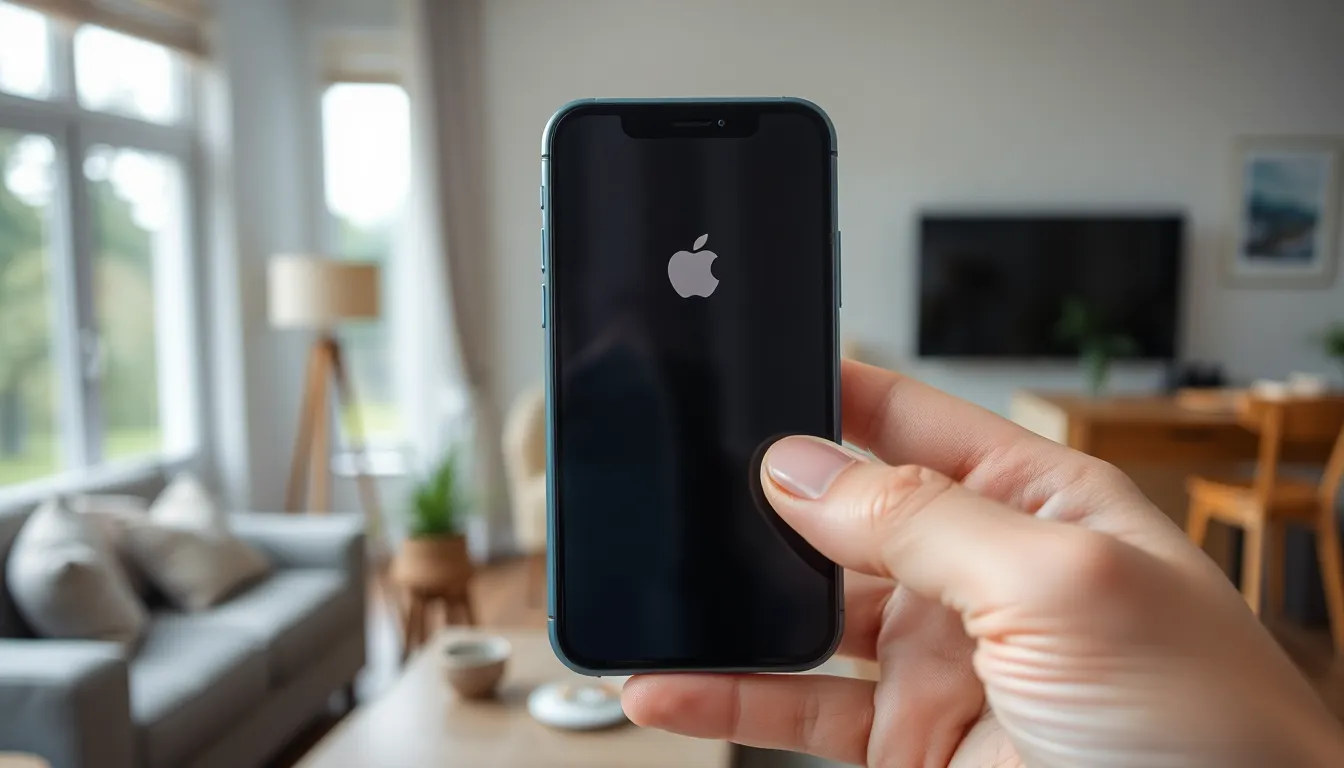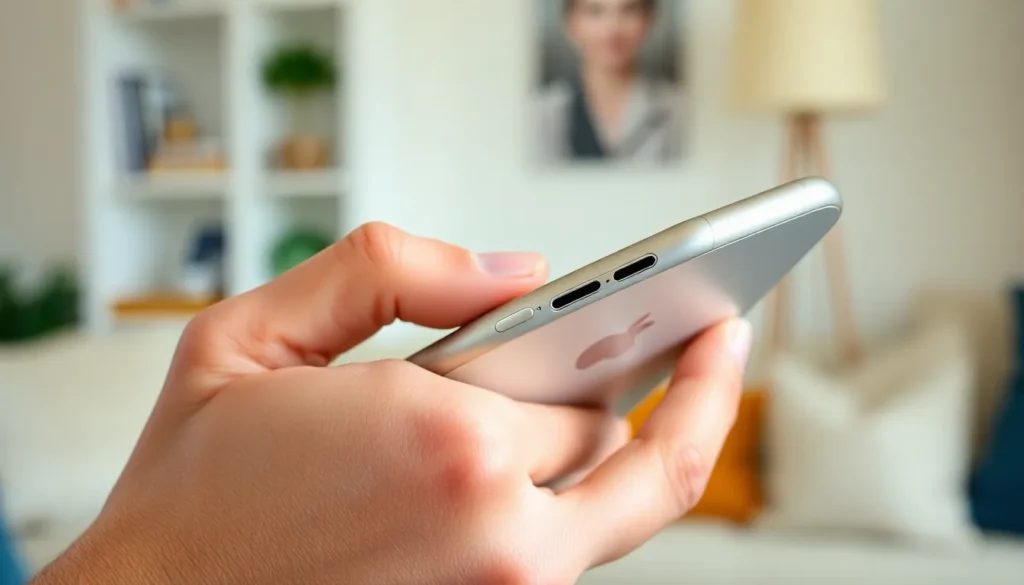Table of Contents
ToggleIn a world where smartphones seem to have a mind of their own, knowing how to turn off an iPhone can feel like a secret superpower. Whether it’s to save battery life or simply escape the endless notifications, mastering this skill is essential for every iPhone user.
Different Methods to Turn Off iPhone
Knowing how to turn off an iPhone enhances user experience and aids in conserving battery life. Several methods simplify the process, allowing for quick shutdown.
Using the Side Button
Pressing the side button initiates the shutdown process. Holding this button along with the volume up or down button displays the power off slider. Users need to slide this option to turn off the device. If the iPhone lacks the home button, this method works seamlessly. Most find this method straightforward and quick.
Through the Settings Menu
Navigating to the Settings menu offers another way to power down the iPhone. Users should tap on “General,” then scroll to find “Shut Down.” Selecting this option will present the same power off slider. Completing the shutdown involves sliding it, similar to the side button method. This technique is useful for users who prefer menu navigation over buttons.
Troubleshooting Common Issues

Knowing how to troubleshoot common issues can enhance the iPhone experience. Users may encounter problems turning off their iPhones, but solutions exist.
iPhone Not Responding
When an iPhone doesn’t respond, press and hold the side button and one of the volume buttons simultaneously. This action prompts a force restart, which often resolves unresponsiveness. If the screen remains black after holding the buttons, letting go may require a second attempt or a longer hold. A device stuck in one function frequently shows no signs of life, and this method is an effective way to reset it. For devices with Face ID, pressing the same buttons brings up the power off slider, allowing for shutdown if the iPhone regains responsiveness.
Software Glitches
Software glitches can disrupt normal operations. If the shutdown methods fail, updating the software may fix these issues. Navigate to Settings, then tap on General and Software Update. A pending update often contains fixes for bugs, enhancing the overall performance. Restarting the iPhone after the update can resolve lingering issues. For persistent glitches, a factory reset might be necessary. Before resetting, users should back up important data and apps.
Tips for Turning Off iPhone Safely
To turn off an iPhone safely, users should start by ensuring their data is saved. Checking for any unsaved changes in apps can prevent loss of important information.
Next, holding the side button and either volume button activates the power off slider. This method is quick and ideal for immediate shutdowns.
For those who prefer the software route, navigating to “Settings”, selecting “General”, and tapping “Shut Down” offers an alternative. This method suits individuals who favor a more structured approach.
If the device is unresponsive, performing a forced restart may help. Users should press and hold the side button along with a volume button until the Apple logo appears.
After a reboot, it’s wise to check for available software updates in the Settings menu. Updates can fix glitches and improve overall performance.
Users often find that restarting their iPhone post-update enhances device functionality.
In situations where problems persist, a factory reset might be necessary. Important data must be backed up before proceeding with this option to avoid data loss.
By following these tips, users ensure their iPhone powers off safely without losing valuable information.
Mastering the process of turning off an iPhone is essential for every user. It not only helps conserve battery life but also offers a much-needed break from the digital world. By utilizing the various methods outlined in the article users can choose the approach that best suits their preferences.
Whether it’s the quick button combination or navigating through the Settings menu each method ensures a seamless experience. In cases of unresponsiveness troubleshooting techniques are readily available to restore functionality. Following the tips provided can safeguard important data and enhance overall device performance. With this knowledge in hand users can confidently manage their iPhone and enjoy a more efficient smartphone experience.







